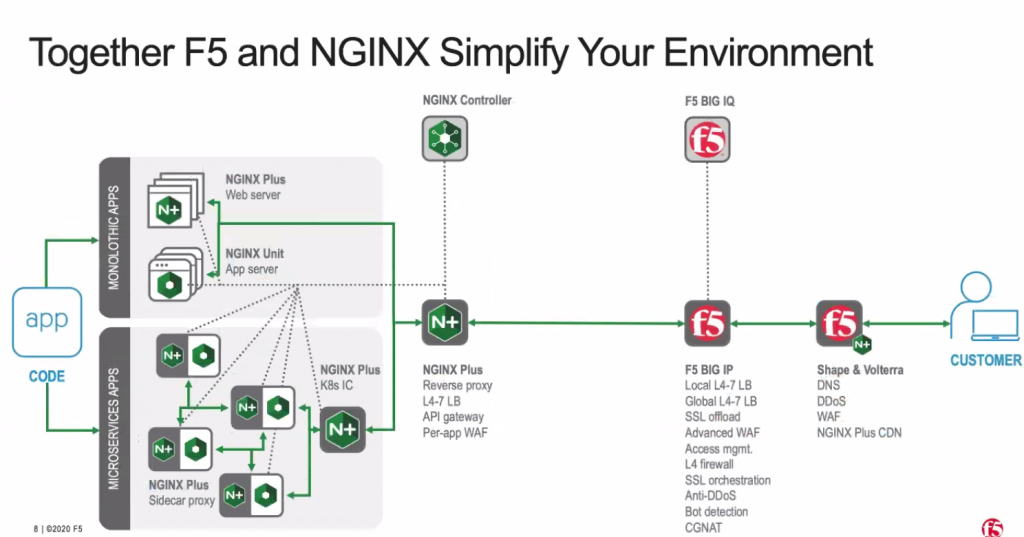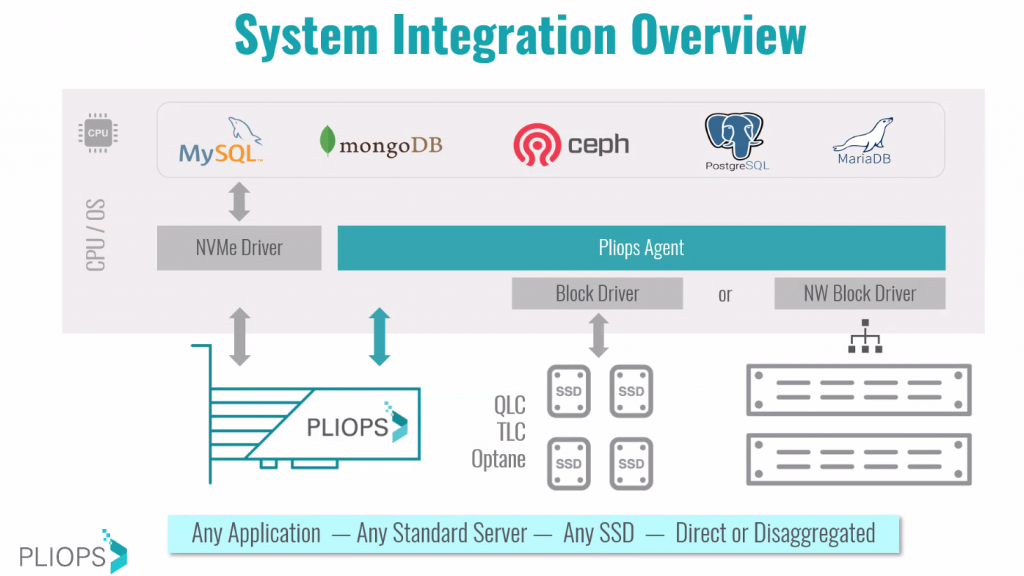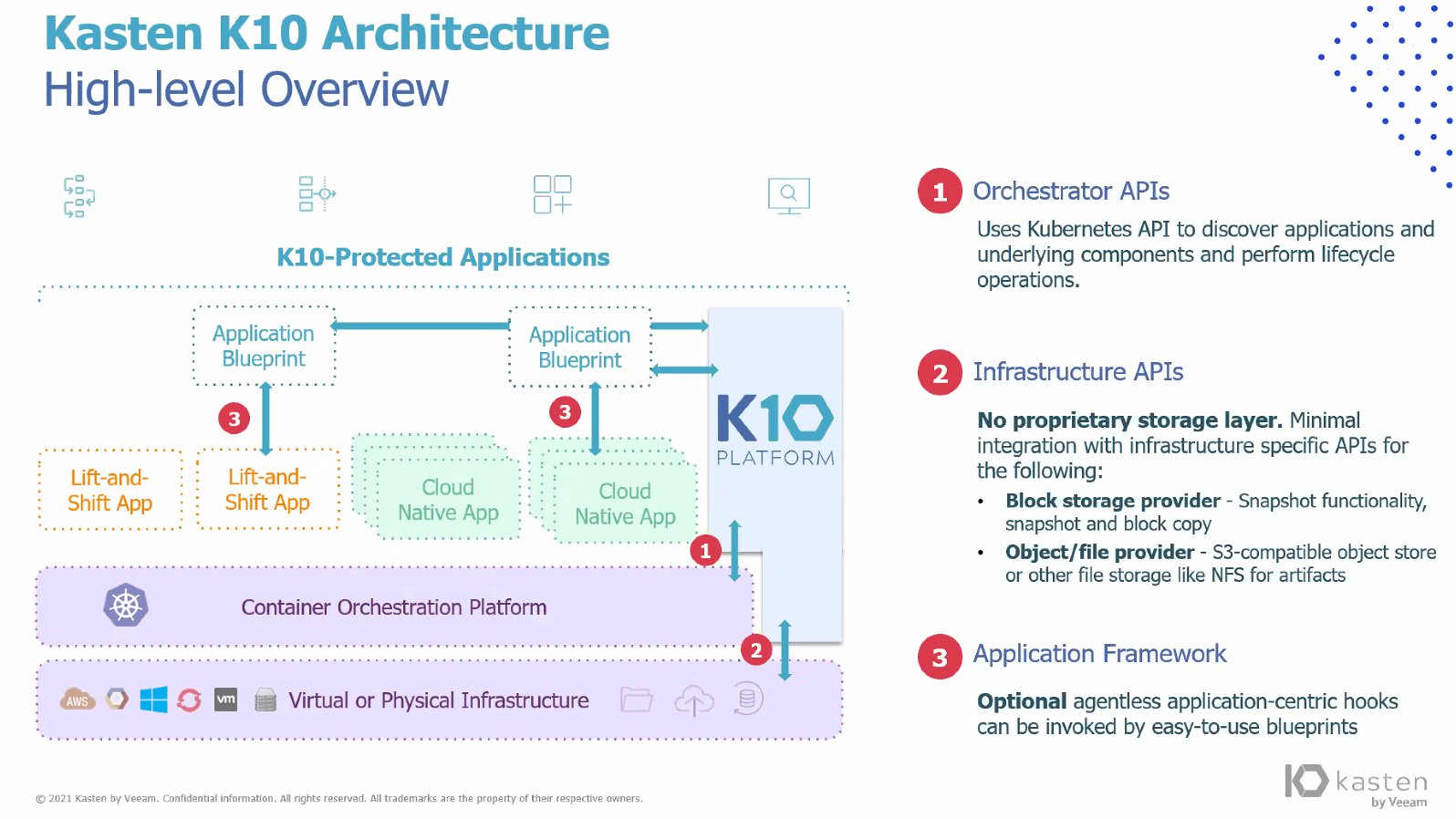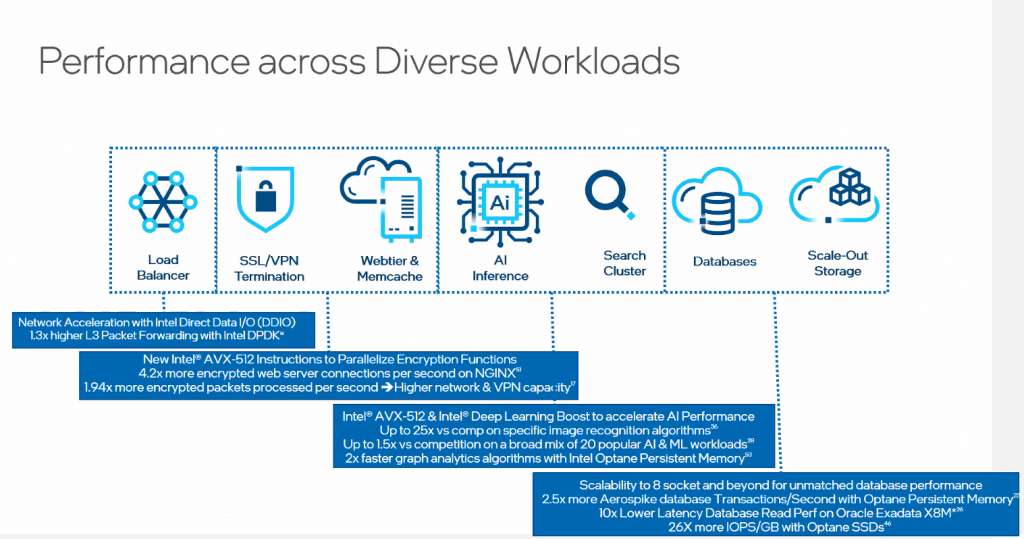Some weeks are passed since the event… but it’s not too late to write some highlights on what I’ve seen during the presentations of the last two days of Cloud Field Day 11.
NGINX

NGINX is one of the most important web content delivery solutions available in the world. But calling it “a web server” sounds a little bit reductive: during the years the integration with Kubernetes space and the merge into F5 company has brought this technology as a key solution for automating application delivery.
What I’ve seen during the presentation is the enhancement offered by the Enterprise edition that by the use of an NGINX controller it’s possible to handle multiple and distribute NGINX instances. From the integration perspective, having NGINX with F5 increases the environment simplification without compromising the security: from the application side, thanks to the integration with F5 BIG IP it’s possible to automate all the things that are outside the Kube context, like external DNS and External LoabBalancer, issuing instructions from the Kubernetes cluster.
Zerto
 Zerto continues its journey in Disaster Recovery and the infrastructure integrations involved in multiple cloud protections. Today cloud providers are offering backup features in their solutions guaranteeing a basic protection level. But if you want more, you must integrate the cloud infrastructure with protection software like Zerto. In fact, this software offers an enhanced platform able to protect and orchestrate Disaster Recovery across cloud providers (private and public).
Zerto continues its journey in Disaster Recovery and the infrastructure integrations involved in multiple cloud protections. Today cloud providers are offering backup features in their solutions guaranteeing a basic protection level. But if you want more, you must integrate the cloud infrastructure with protection software like Zerto. In fact, this software offers an enhanced platform able to protect and orchestrate Disaster Recovery across cloud providers (private and public).
What I saw during CloudFiledDay 8 is somehow different: Zerto like the backup top players has already jumped into the container space, introducing interesting data protection for stateful containers (https://www.zerto.com/protect/zerto-for-kubernetes/). But Cloud Field Day 11 for Zerto was focused on the demonstration of the highest cloud integration level for disaster recovery, which doesn’t pretend to substitute the human declaration of the state of emergency, but is able to create a secure and efficient “Red Button”.
One week later, an article on Forbes (written by Justin Warren also CFD11 delegate), reveals the acquisition of Zerto by HPE, expanding HPE Greenlake portfolio. Official HPE News is here.
PLIOPS
PLIOPS Storage Processor is a hardware-based storage accelerator able to improve latency and performance and accelerating data-intensive workload. It’s easy to integrate and has interesting deployment flexibility: in fact, it’s possible to implement this technology directly into the server and storage processor.

Why PLIOPS is important for Cloud? Under the hood of cloud integrations, especially on AI/ML and Storage Intensive Integrations, there is the continuous research of new storage technologies. For PLIOPS the secret source of the best performance/efficiency ratio is a PCI-e, installable in a common x86 server.
I bet we’ll hear more about this company, especially in the public cloud space.
Kasten.io by Veeam

Back to Kasten technology, I already tested its solution in my lab, and it’s possible to read my post here. What I saw during the event are some enhancements on S3 integration and the ability to capture the application and the CRD and CR in the namespace (with some precautions) in order to ensure a consistent backup and restore into a new cluster. So… for my side, it’s now time to update my lab!
For sure, the Kasten acquisition is an interesting “portfolio expansion” of Veeam’s offering. But from the customer perspective, I’d like to see the integration with Veeam’s consoles.
Intel
This Cloud Field Day 11 ends with the special participation of Intel! It sounds absolutely weird to find one of the most important hardware producers in the cloud space, but let me say that was a pleasant surprise and absolutely a great discussion!
In both private and public cloud, the new generation apps demand more and more performance and an extremely adaptive attitude to avoid bottlenecks and respecting the SLA. Intel is ever working developing different classes of processors for a lot of architectures like CPU, Memory (Optane), GPU, etc… For sure their products are widely spread across datacenters and sometimes are directly involved in the constitution of several Cloud services like AI/ML.
Even if the competition in Cloud-Native Applications, is seen the rise of different CPU architecture, Intel is still playing a fundamental role in the computing and storage projects. Probably with the presence of Pat Gelisinger (ex VMware CEO), we’ll see news and improvements.
Before leaving this post I’d like to remember to check Cloud Field Day 11 videos on Youtube


[…] Cloud Field Day 11 – Day 2-3 Highlights […]
[…] https://blog.linoproject.net/cloud-field-day-11-day-2-3-highlights/ […]